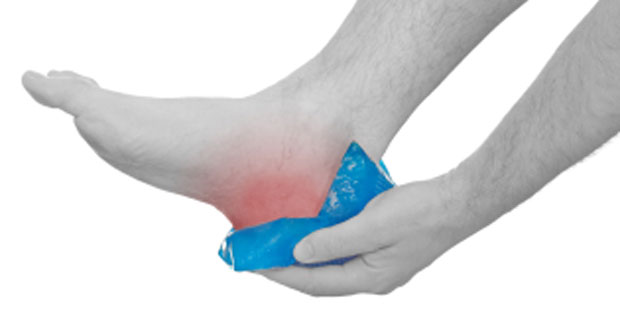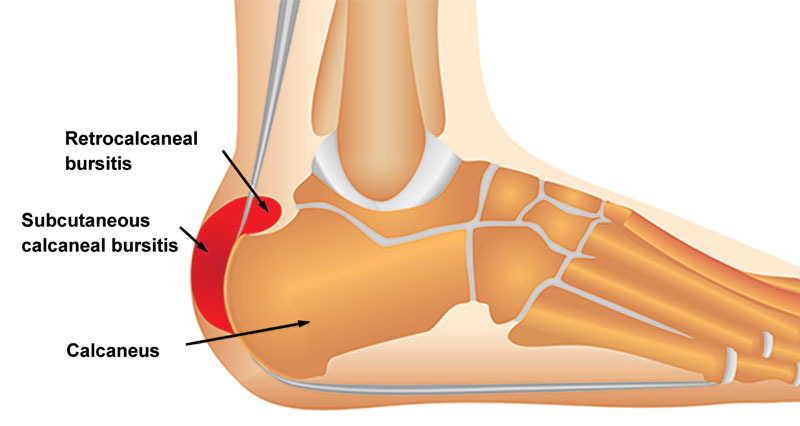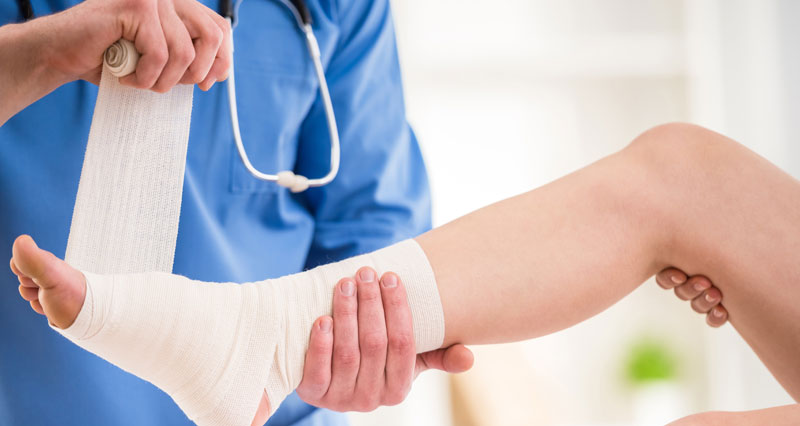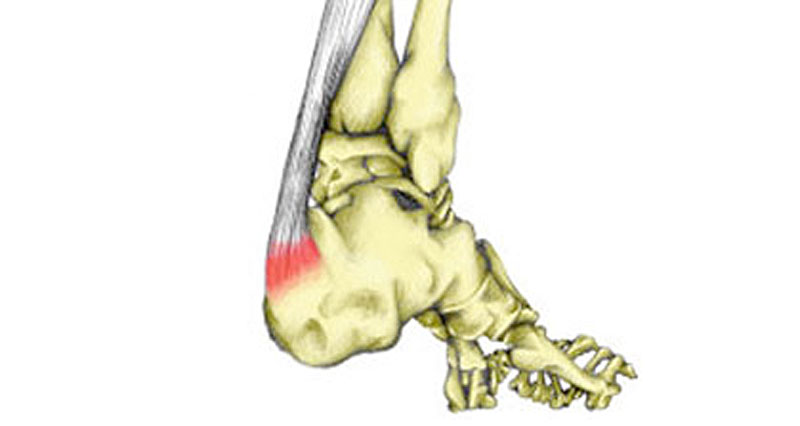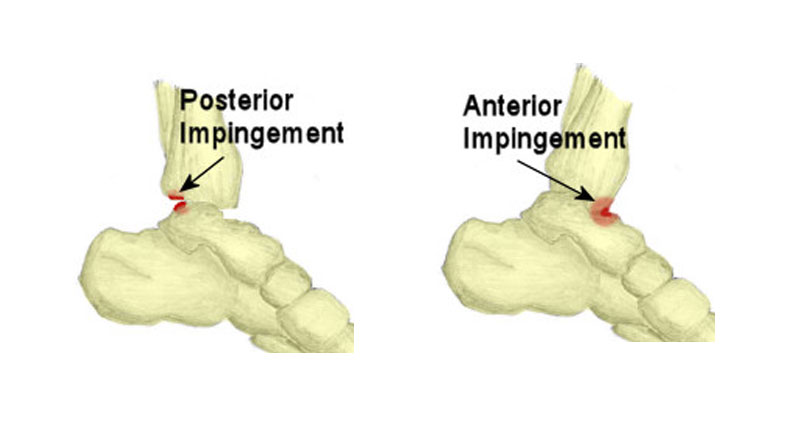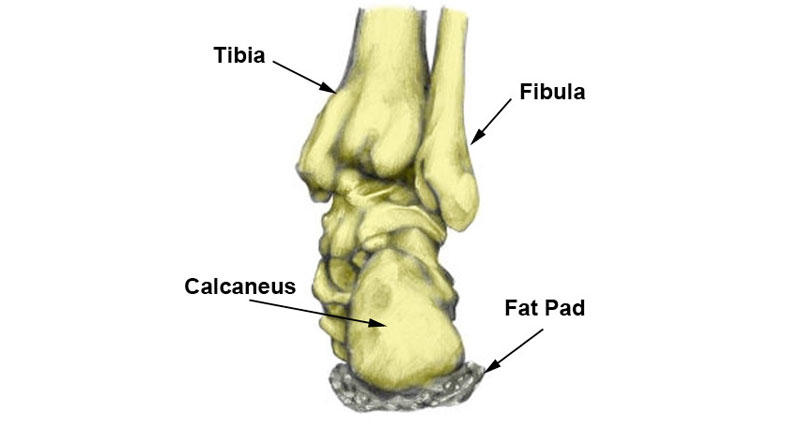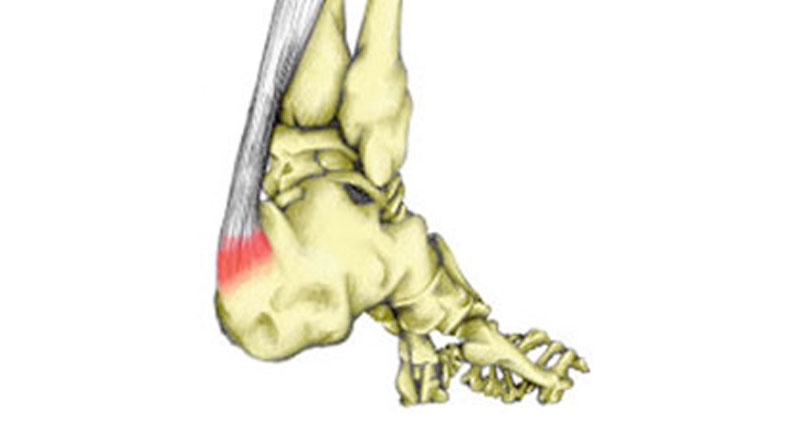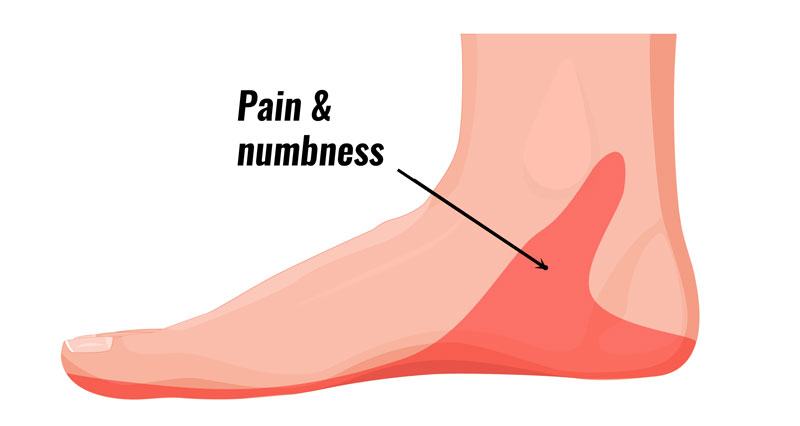First aid for heel pain, as with most sports injuries involves applying the PRICE principles. Most heel injuries are gradual onset. But you may still need to apply some first aid principles.
Medically reviewed by Dr Chaminda Goonetilleke, 20th Jan. 2022
If you are suffering from heel pain then here are a few tips that may instantly reduce or relieve your pain and get you on the road to recovery.
First aid for heel pain – PRICE principles
Whether you have a long-term heel injury or an acute (sudden onset) injury, heel pain, like most sports injuries, should be treated using the P.R.I.C.E. principles. PRICE stands for protection, rest, ice, compression & elevation).
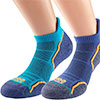
Technical Running Socks
Protection
- Stop training or playing immediately and protect your heel from further damage.
- Stopping activity that makes your heel pain worse is vital for recovery.
- Depending on your injury a sports taping technique can be used to protect your heel. For example, plantar fasciitis taping relieves pain by supporting the arch of your foot. Bruised heel taping compresses the soft tissue under your heel, increasing protection under the heel.
Rest
- Rest is very important if you want your injury to heal.
- If you have a long-term heel injury then this may mean modifying your training activity. For example, substitute swimming or cycling instead of running.
- If you have an acute heel injury then complete rest is advised, at least for the first 48 hours, possibly longer.
- Continuing to train, even with a minor heel injury, can result in something a lot more serious later on.
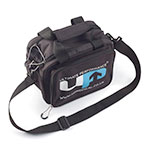
Sports First Aid Kits
Ice
- Apply ice or cold therapy to your heel. This will help reduce any pain and inflammation.
- If possible, apply ice for 10 minutes every hour, initially for the first 24 to 48 hours, reducing frequency to 3 or 4 times a day as your symptoms improve.
- Do not apply ice directly to the skin as this may cause ice burns. Wrap ice in a wet tea towel or use a commercially available cold pack instead.
Compression
- Compression is probably not the easiest, or most relevant when applying first aid for heel pain.
- However, if you have a bruised heel (fat pad contusion) then heel taping to compress the soft tissue under your heel provides support and protection under your heel.
Elevation
- Elevating your foot above heart level whenever possible can help reduce swelling if you have any.
- Certainly for sudden onset acute heel injuries, for example, a suspected fracture then elevating your foot along with other measures may help.
Read more on PRICE principles.
Seek professional advice
If you are in any doubt about what is causing your heel pain then see a doctor or sports injury professional who can:
- Make an accurate diagnosis. This is important to know how to best treat your injury.
- Check your foot biomechanics to identify if you overpronate or oversupinate. This could be contributing or making you more at risk of sustaining heel pain.
- Advise on a treatment and rehabilitation program.
Read more on when to see a doctor about your heel pain.
References:
- Updates on PRICE – Br J Sports Med 2012;46:220-221 doi:10.1136/bjsports-2011-090297
- What is the evidence for PRICE? – J Athl Train. 2012 Aug; 47(4): 435–443.
